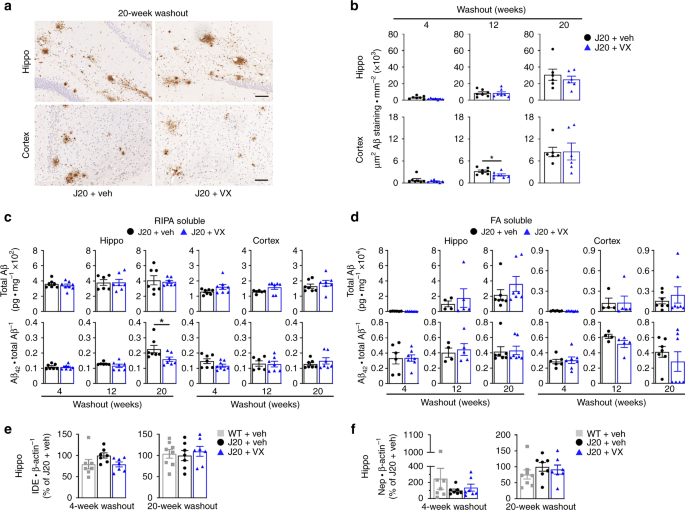
The reverse transcriptase inhibitor is a nucleoside inhibitor or non-nucleoside inhibitor.Īmong the inhibitors which may be used in the context of the present invention, mention may especially be made of those currently available as medicament in the treatment of human immunodeficiency virus (HIV) infection, namely nucleoside inhibitors such as: azidothymidine (AZT or Zidovudine or), 2′-3′-dideoxycytidine (ddC or Zalcitabine), -1-cyclopent-2-enyl]methanol (ABC or Abacavir), 2′-3′-didehydro-2′-3′-dideoxythymidine (d4T or Stavudine), 2′,3′-dideoxy-3′-thiacytidine (3TC or Lamivudine), ddI (2′-3′-dideoxyinosine), 4-amino-5-fluoro-1-pyrimidin-2-one (FTC), 2-(6-aminopurin-9-yl)ethoxymethyl-phosphonic acid (bis-POM PMPA), Adefovir, Didanosine, Emtricitabine and Tenofovir non-nucleoside inhibitors such as Efavirenz (EFV), Nevirapine (NVP), Delavirdine (DLV), Etravirine and Rilvipirine.Īccording to an advantageous embodiment of the invention, said inhibitor is a nucleoside inhibitor, preferably Stavudine. The reverse transcriptase inhibitor is a specific inhibitor of reverse transcriptase. It is useful, especially in the prevention and treatment of neurodegenerative diseases, in particular late-onset neurodegenerative diseases, of neuronal aging, and of the effects of oxidative stress in nerve cells or other types of cells.Īmong the degenerative diseases, mention may be made, nonlimitingly, of neurodegenerative diseases such as, for example, Parkinson's disease, Alzheimer's disease, Huntington's disease, amyotrophic lateral sclerosis (ALS), and degenerative diseases affecting eyesight or hearing, especially glaucoma. In accordance with the invention, the degenerative disease is a disease of genetic and/or acquired origin, especially linked to age (aging) and/or to stress, especially to oxidative stress.ĭue to the fact that it reduces the formation of DSBs, the reverse transcriptase inhibitor has a therapeutic effect in degenerations linked to age and/or to stress, or indeed to conditions which increase the deleterious effects of the stress (a mutation, for example).

On the basis of these observations, the inventors propose to use reverse transcriptase inhibitors in the prevention and treatment of degenerative diseases.Ĭonsequently, the subject of the present invention is a reverse transcriptase inhibitor, for use thereof in the prevention and/or treatment of a degenerative disease. They have proposed that the expression of LINEs induced by oxidative stress is the basis, at least partially, of DSB formation, and demonstrated that the formation of these DSBs is reduced in the presence of a reverse transcriptase inhibitor. The inventors have shown that oxidative stress which mimics accelerated aging induces the formation of double-stranded DNA breaks (DSB), destructuring of the heterochromatin and expression of genes of transposable elements (LINEs). ORF2 encodes a reverse transcriptase (RT) which copies the LINE RNA into DNA and an endonuclease which enables the insertion of this DNA into the genome via the formation of a double-stranded break, and which at the same time introduces a mutation into the genome which may prove deleterious. LINEs encode a polycistronic RNA with two open reading frames, ORF1 and ORF2. Active LINE sequences are non-long terminal repeat (LTR) transposable elements capable of autonomous replication, which enables them to duplicate themselves and insert themselves into other sites in the genome. Long interspersed nuclear elements (LINEs) form part of the repeat sequences spread throughout DNA. For example, a recent article shows that, in mice, neuronal activity and hence the synthesis of ATP and reactive oxygen species are accompanied physiologically by the formation of double-stranded DNA breaks, which are rapidly repaired in wild-type mice, unlike in J20 mice, which are an Alzheimer's disease model (Suberbielle et al., 2013). Reactive oxygen species may induce single-stranded and double-stranded (DSB) DNA breaks, thereby activating DNA damage response systems (O'Sullivan and Karlseder, 2012 Marteijn et al., 2014). Oxidative stress, which mimics accelerated aging, generates reactive oxygen species (ROS) which are toxic, in particular in terms of the genome, where the chromatin proteins and the DNA bases are subjected to oxidation (Vijg, J., and Suh, Y., 2013). This suggests that aging makes the cells more sensitive, even if the mutations themselves accelerating this aging cannot be ruled out.



This is true of both their sporadic and genetic forms, as is illustrated by Parkinson's disease, Alzheimer's disease and even the monogenetic Huntington's disease. The present invention relates to the use of a reverse transcriptase inhibitor in the prevention and treatment of degenerative diseases.Ī characteristic of most degenerative diseases, in particular neurodegenerative diseases, is that they manifest late in life.


 0 kommentar(er)
0 kommentar(er)
